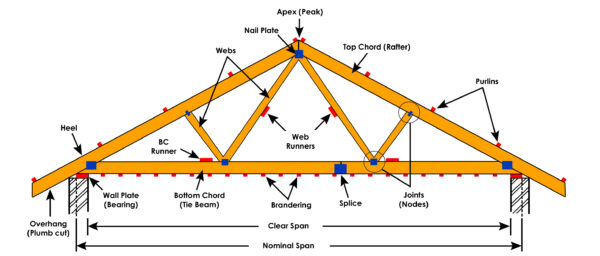A faux beam ceiling is one important type of wood beam ceilings. It refers to a decorative ceiling that uses materials like wood, foam, or gypsum to create the visual look of support beams.
Unlike real structural beams, faux beams serve a solely aesthetic purpose.
They create visual interest and architectural flair without bearing ceiling loads.
Purpose of a Faux Beam Ceiling
The main purpose of installing a faux beam ceiling is to enhance the visual appeal of a room.
Faux beams add warmth, character, and a crafted look recalling old woodworking techniques.
They can make modern spaces seem more rustic, traditional, or farmhouse-inspired. Faux beams also define spaces within open floor plans.

Benefits of a Faux Beam Ceiling
Key benefits of faux beam ceilings include:
- Purely decorative – no structural loads
- Less expensive than real wood beams
- Easier to install than heavy materials
- Crafted visual look recalling woodworking
- Warms up modern or industrial spaces
- Defines spaces within great rooms
Applications of Faux Beam Ceilings
Popular applications for faux beam ceilings are living rooms, dining rooms, bedrooms, and kitchens.
Faux beams work well with many design styles like farmhouse, rustic, traditional, industrial, and modern.
They suit new construction and remodeling projects.

Types of Faux Beam Ceilings
Common types of faux beams for ceilings include:
- Wood planks – Typically made of lightweight foam or fiberboard
- MDF board – affordable medium density fiberboard
- Gypsum – a lightweight plaster material
- PVC/plastic – for a painted wood beam look
Installing Faux Beams on Ceilings
Installing faux beams involves fastening the lightweight materials to the ceiling with nails, screws, or construction adhesive. The beams can be decorated with paint or stain to match the room. Optional distressing creates an aged, rustic charm.
Faux Wood Beam Ceiling Ideas
Popular faux wood beam looks include:
- Whitewashed beams
- Dark walnut stained beams
- Painted beams matching wall colors
- Raw wood styled beams with fakesaw marks
- Distressed beams with worm holes
Conclusion
Ultimately, faux beam ceilings provide an affordable, lightweight way to add character, definition, and visual intrigue.
With the right installation and finishing, they can transform basic ceilings into beautiful architectural elements suiting varied design tastes and styles.





